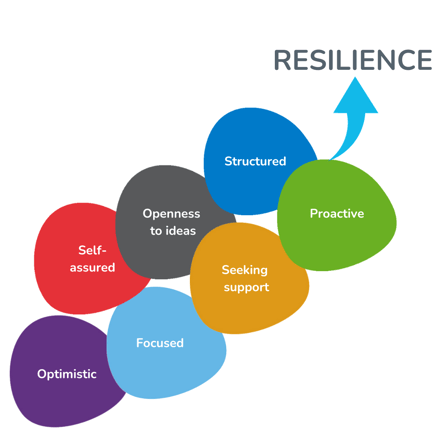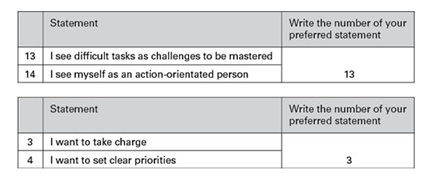Organisational resilience is a crucial characteristic of any business. And at times of major disruption, it comes into even sharper focus.
For example,
- the global financial crisis of 2008 created an environment of uncertainty and anxiety, placing the future of companies and even whole industries in question. It was the most resilient – both financially and otherwise - that bounced back and survived.
- Years earlier and just a few months after the tragic events of September 11, Gartner offered a technology-related insight into resilience as representing the next evolutionary stage for organisations to be highly responsive and agile in the face of unforeseen change. It spoke of traditional ‘place centric’ organisational structures evolving into highly virtualised and people-centric structures that enabled employees to jump back into work after chaotic disruption: anytime and anywhere access, across boundaries of time, distance and culture with speed, grace, determination.
This sounds markedly like the hugely uncertain and dynamic environment businesses are facing at the minute. However, all too often the focus is on the technology “systems” needed to keep the business functioning in the face of huge disruption. But that is only one part of the equation. Just as important is the resilience of employees to change – and increasingly repeated waves of change.
So organisational resilience to change in the workplace matters. Perhaps more than ever.
And our research continues to tell us that people are feeling overwhelmed by change – in fact, even before recent levels of disruption 48% of people felt their own organisation was facing too much change.
So where does organisational resilience fit in?
The real value of resilience for organisations lies in the ability to successfully implement business imperatives. Most change projects fail because the people involved are just not resilient enough to deal with the perpetual change loading – where change projects continue to be undertaken without any assessment of whether the change capacity exists to deliver them successfully in the organisation.
Resilience is the quality that enables one person to bounce back, actually respond well and thrive with multiple challenges, while a colleague, with apparently similar skills and experience, struggles to cope. So, taking an organisational approach to developing resilient people – including your change leadership - as well as the right systems and processes, is key to making the organisation more agile and proactive. And better able to meet the myriad of change challenges it likely to face in what is a highly disrupted business environment.
7 key characteristics of resilient people
At Changefirst we have been working with people and organisations undergoing significant change since 1995. Our research and work with clients during this time have helped us to pinpoint the most important qualities that make some people more resilience than others – as shown in the diagram below:

We tend to draw on some or all of these in our normal working lives, but resilient people are able to draw on these characteristics at the right time and have an instinctive understanding of when, for example, being proactive is more important than seeking support.
- Optimistic – resilient people believe that change will have a positive outlook. They are able to analyze even an apparently dire situation in a way that gives them hope for the future.
- Self-assured – resilient people have a strong but realistic belief in their own capabilities. As a result they tend to control change, rather than the change controlling them.
- Focused – resilient people have the focus needed to be able to prioritise activities effectively. They can pursue goals successfully, even in the face of adversity
- Open to ideas – resilient people have an open mind to different tactics and strategies. They tend to be good at generating alternative approaches and solutions to match the changing situation.
- Seek support – resilient people actively seek the support of others during times of change. They look for opportunities to involve the skills and experience of other people as well as their own.
- Structured – resilient people are able to analyse the situation and create an effective plan to implement change – with enough flexibility built in to cope with the shifting situation.
- Proactive – resilient people are prepared to step out into the ‘unknown’, and take the action necessary to make change
Of course, part of this is attributed to our nature and nurture, but it is possible to take an organisational approach to developing and improving this starting level of personal resilience. In order to improve the overall level of organisational resilience.
The role of the Personal Adaptability Inventory (PAI)
One of the tools we use in our work with clients is our proprietary Personal Adaptability Inventory (PAI) allows you to first analyse an individual’s starting level of resilience in terms of the seven characteristics, to identify areas of “over-use” and “under-use”, and then to develop a plan for tangible, lasting improvements to personal resilience.
It uses a series of questions tied to the 7 key characteristics outlined above.

And uses the responses to create specific development plans targeted at increasing overall resilience to change.

The PAI is part of our broader approach to delivering change and building change capability - learn more on our website.
|
|
Do you need to build resilience in your organisation? If building organisational resilience is important to you then you might want to take a closer look at our PAI on our website.
|




Leave a comment